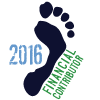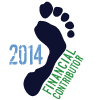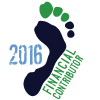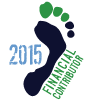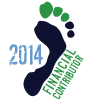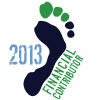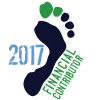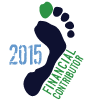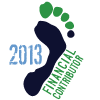While watching the recent Olympics, it was apparent that competitors in each event had well-developed bodies specific to that sport. Even runners in the 100m, 400m, and 5000m appeared significantly different from one another. Sprinters were muscular and explosive, whereas distance runners became relatively leaner as the length of the event increased. So, is there an ideal body-type for a barefoot runner?
Well, there doesn't appear to be a perfect body-type for a barefoot runner. We come in all sizes and shapes! (Although as in the Olympics, some are probably more ideally suited for specific events). However, there is one part of the body that does seem specifically adapted for our sport. It's the feet!
So, how long does it take for our feet to become adapted to barefoot running? (Some say never! You'll get injured!) Well, let's think about this, how long does it take someone to become gymnast? A powerlifter? Weeks, months? Perhaps years?!
“Wait, wait!”, you say. “I kicked off my shoes, and I'm running. I'm a barefoot runner now!” Then predictably, at some point the person gets injured. All the naysayers go, “I told you so! Barefoot running is bad for you!” When an inexperienced novice hurts themselves playing tennis or weightlifting, do we blame the sport? No! Clearly, it's too much too soon.
So, what should well-adapted feet look like? How about this guy? Ken Bob Saxton, an experienced barefoot runner. His feet look like Fred Flintstone's, muscular and strong. Do your feet look like that? What do you think are your chances of injury vs. his?
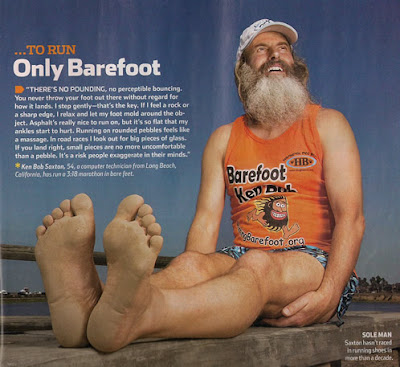
“I just want to run!”, you say. “I have goals for distance and speed”. Experienced athletes also have goals, and they are willing to spend years taking the time to hone their bodies into precision machines. They also rest and rehab when needed. Usain Bolt doesn't run a 9.58 every day. So, how quickly can one adapt? Add on a mile a week? A mile a month? Half mile a month? Well, are you still sore, in pain, limping? Are your feet strong and well-developed, yet? Perhaps, you need to back off and be patient.
Don't blame the sport. Any inexperienced novice can easily injure themselves. Let's not kid ourselves, barefoot running is not just about taking off the shoes. It's a serious sport which requires time, patience, and conditioning like any other. We would all prefer that someone stay in shoes, rather than get injured. For those who are willing to put in the work, barefoot running has many benefits and is great fun!
Well, there doesn't appear to be a perfect body-type for a barefoot runner. We come in all sizes and shapes! (Although as in the Olympics, some are probably more ideally suited for specific events). However, there is one part of the body that does seem specifically adapted for our sport. It's the feet!
So, how long does it take for our feet to become adapted to barefoot running? (Some say never! You'll get injured!) Well, let's think about this, how long does it take someone to become gymnast? A powerlifter? Weeks, months? Perhaps years?!
“Wait, wait!”, you say. “I kicked off my shoes, and I'm running. I'm a barefoot runner now!” Then predictably, at some point the person gets injured. All the naysayers go, “I told you so! Barefoot running is bad for you!” When an inexperienced novice hurts themselves playing tennis or weightlifting, do we blame the sport? No! Clearly, it's too much too soon.
So, what should well-adapted feet look like? How about this guy? Ken Bob Saxton, an experienced barefoot runner. His feet look like Fred Flintstone's, muscular and strong. Do your feet look like that? What do you think are your chances of injury vs. his?

“I just want to run!”, you say. “I have goals for distance and speed”. Experienced athletes also have goals, and they are willing to spend years taking the time to hone their bodies into precision machines. They also rest and rehab when needed. Usain Bolt doesn't run a 9.58 every day. So, how quickly can one adapt? Add on a mile a week? A mile a month? Half mile a month? Well, are you still sore, in pain, limping? Are your feet strong and well-developed, yet? Perhaps, you need to back off and be patient.
Don't blame the sport. Any inexperienced novice can easily injure themselves. Let's not kid ourselves, barefoot running is not just about taking off the shoes. It's a serious sport which requires time, patience, and conditioning like any other. We would all prefer that someone stay in shoes, rather than get injured. For those who are willing to put in the work, barefoot running has many benefits and is great fun!



